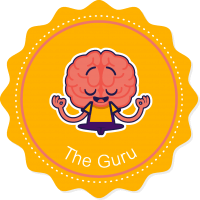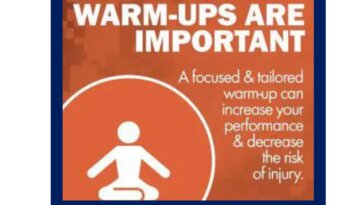Some of the main characteristics of effective teaching, alongside tips on how to practise them successfully within the classroom:
Create a Positive Learning Environment:
A positive and purposeful learning environment can help to bolster any other strategies an effective teacher uses to improve student wellbeing and achievement. It is vital that teachers and schools create an environment conducive to learning – one that is safe, warm, inspiring and respectful. For any teaching strategy to be effective, students’ physical, social and emotional learning environment must support their needs and promote positive outcomes. This includes everything from robust and effective school policies to classroom layout. Among other strategies, teachers can help to create a positive learning environment by establishing clear classroom rules and procedures, maintaining an environment that promotes respect, inclusivity and diversity, and encouraging students to receive and accept constructive feedback
Motivate:
In order to create positive learning environments, students need to be encouraged to develop a deep curiosity and admiration for learning – a self-driven desire to learn and achieve. Striking the right balance between intrinsic and extrinsic motivation within the classroom helps to build relationships and promote high academic expectations.
Nurture positive relationships:
In a global study by Pearson investigating the perceived components of effective teaching, the need to build trusting compassionate relationships was found to be the most common response from participants. In order to engage and motivate learners, participants stated that effective teachers needed to have a patient, caring and kind personality. Compassion and empathy were also highlighted as being key skills required in order to develop and maintain positive relationships with students.
Understand Classroom Management:
By creating a positive and purposeful learning environment, effective teachers are freeing up students’ capacity to learn by taking away unnecessary classroom stressors, such as behaviour that challenges.
Have strong communication skills:
Effective communication skills will help you to build and maintain positive working relationships with your students, as well as members of the wider school community. As we know, improved relationships can boost progress and achievement. Skills such as active listening can be used to help build trust and make young people feel valued and appreciated. These skills will also help you to forge better relationships with parents and carers.
Be passionate:
Effective teachers express unwavering passion for both their subject and their students’ progress. Modelling this energy for both the subject and student learning can help to inspire your pupils to stay committed and dedicated to their learning.
Have secure subject knowledge:
Effective teachers know their subject/s inside out. According to a report by the Sutton Trust, there is strong evidence to suggest that a teacher’s secure content knowledge has a positive impact on student outcomes. Effective teachers combine this deep understanding with strong pedagogical knowledge so that they can understand how students learn. With this knowledge, effective teachers can anticipate common misconceptions their students may have, and adapt their planning to suit individual need.
Provide high-quality learning opportunities:
Effective teachers ensure good student outcomes through high-quality learning. They use all the elements of high-quality teaching to create personalised and relevant learning opportunities. Elements of high-quality teaching include:
- Scaffolding – Scaffolding in learning is seen as a temporary measure that students can use to enhance their learning. Effective teachers can scaffold the learning in order to meet the differing needs of their students. In doing so, they are making the learning accessible and impactful, allowing pupils to build upon their knowledge and understanding. Examples include chunking tasks, front-loading concept-specific vocabulary, and using think-aloud models to demonstrate effective metacognitive thinking. It’s important to note, however, that over-scaffolding can have negative impacts on pupil progress. Effective teachers get the balance just right.
- Using effective instruction – Effective teachers present lessons clearly, ensuring the goals and purpose are accessible to all. They use instructional delivery skilfully to connect students’ knowledge and interests to the learning goals. To improve your instruction within the classroom, you can regularly review learning and provide your students with time to practise and embed skills before they develop the learning further.
- Developing metacognition – Effective teachers equip their students with a range of metacognitive strategies that they can use to control their learning. These strategies help pupils to be more aware of their own thinking – which ultimately helps them to learn better. Examples might include tried and tested problem-solving methods, memorisation techniques when introducing new vocabulary, thinking journals or metacognitive talk – where both the teacher and the student say aloud what they are thinking, before and during a task.
- Using assessment for learning effectively – Teachers use both formative and summative assessment in order to motivate, inspire and challenge learners. Effective assessment can provide teachers with an immediate snapshot of student understanding, which can help to address misconceptions, guide planning and boost progress. Skilful questioning, for example, can help you to engage and challenge your students, as well as consolidate their learning.
Reflect:
Effective teaching also requires reflection. By focusing on your strengths and areas for improvement, you can work out how to improve your teaching in key areas in order to better serve your students. You can do this by welcoming pupil and parent voice and/or seeking out feedback from your department lead and line manager. Reflection can be cumulative or immediate (where you collect students’ day-to-day responses in order to determine whether a certain learning opportunity or assessment strategy has been successful).







